Introduction
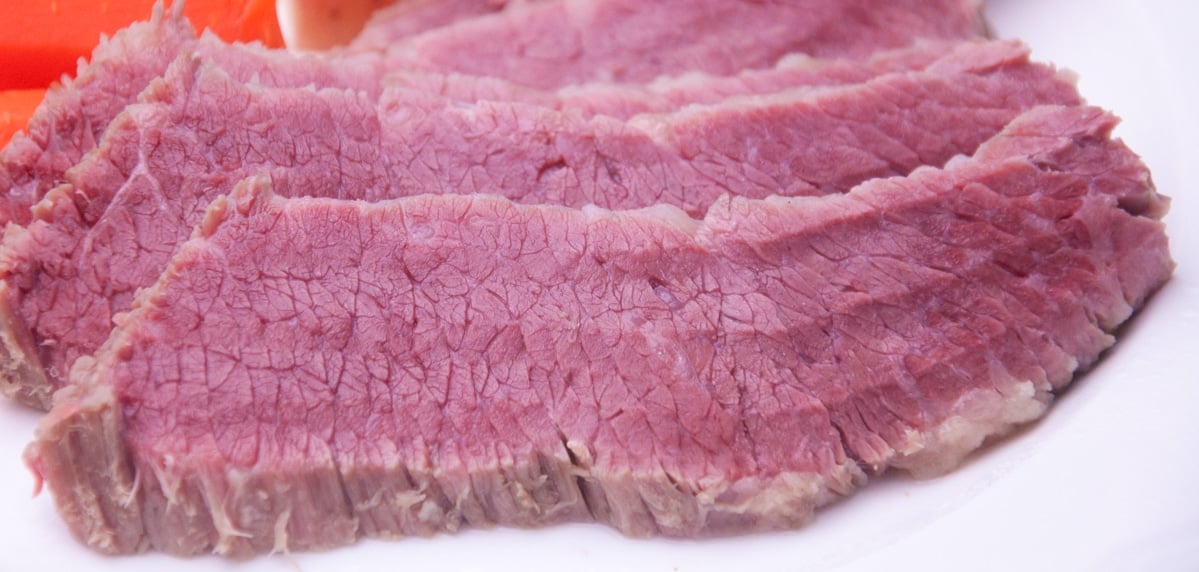
Introduction
Corned beef and beef brisket are two popular choices when it comes to meat cuts. While both come from the same cut of meat, they differ in terms of preparation and cooking methods. Corned beef is known for its briny and flavorful taste, making it a favorite for St. Patrick's Day meals and deli sandwiches. On the other hand, beef brisket offers a rich and smoky flavor, making it ideal for slow-cooked BBQ dishes. In this article, we will compare the two and explore their nutritional value, taste profiles, and more. So, let's dive in and discover the beef battles between corned beef and beef brisket.
Overview of Corned Beef and Beef Brisket
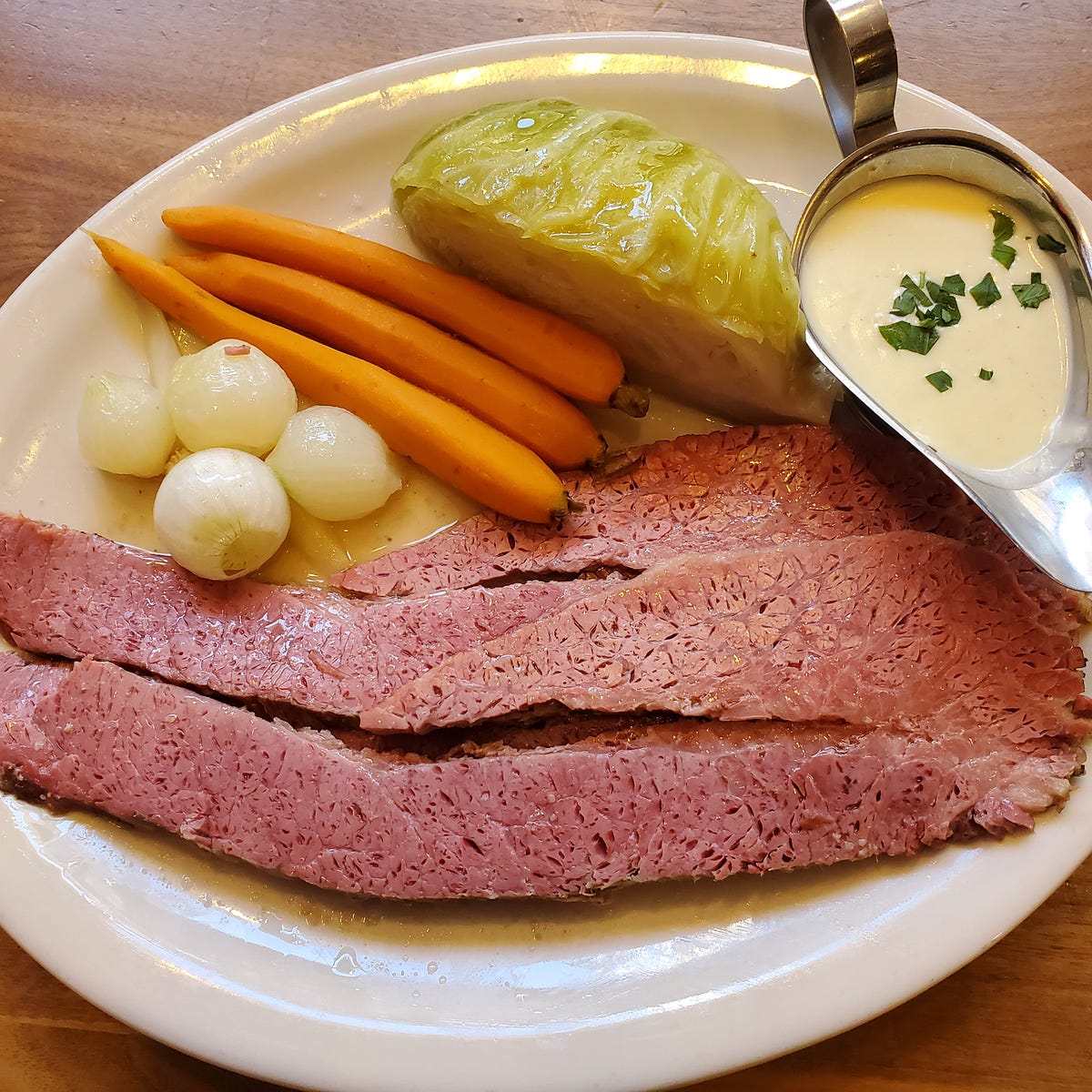
Corned beef and beef brisket are two delicious meat cuts that differ in taste and texture. Corned beef is known for its briny and flavorful taste, often enjoyed on St. Patrick's Day, while beef brisket offers a rich and smoky flavor, perfect for BBQ dishes. Both cuts require different preparation and cooking methods. Corned beef is typically brined and boiled, while brisket is slow-cooked or smoked to achieve tenderness. Understanding these differences will help you choose the best meat cut for your next meal.
Brief history and popularity

Corned beef and beef brisket have a rich history and are both highly popular meat choices. Corned beef dates back centuries, with its origins in Europe and its association with Irish cuisine. It became especially popular in the United States, particularly on St. Patrick's Day. On the other hand, beef brisket has a long tradition in Texas barbecue, where it is known for its tender and flavorful qualities. Both corned beef and brisket have gained popularity worldwide for their unique flavors and versatility in various dishes.
Corned Beef
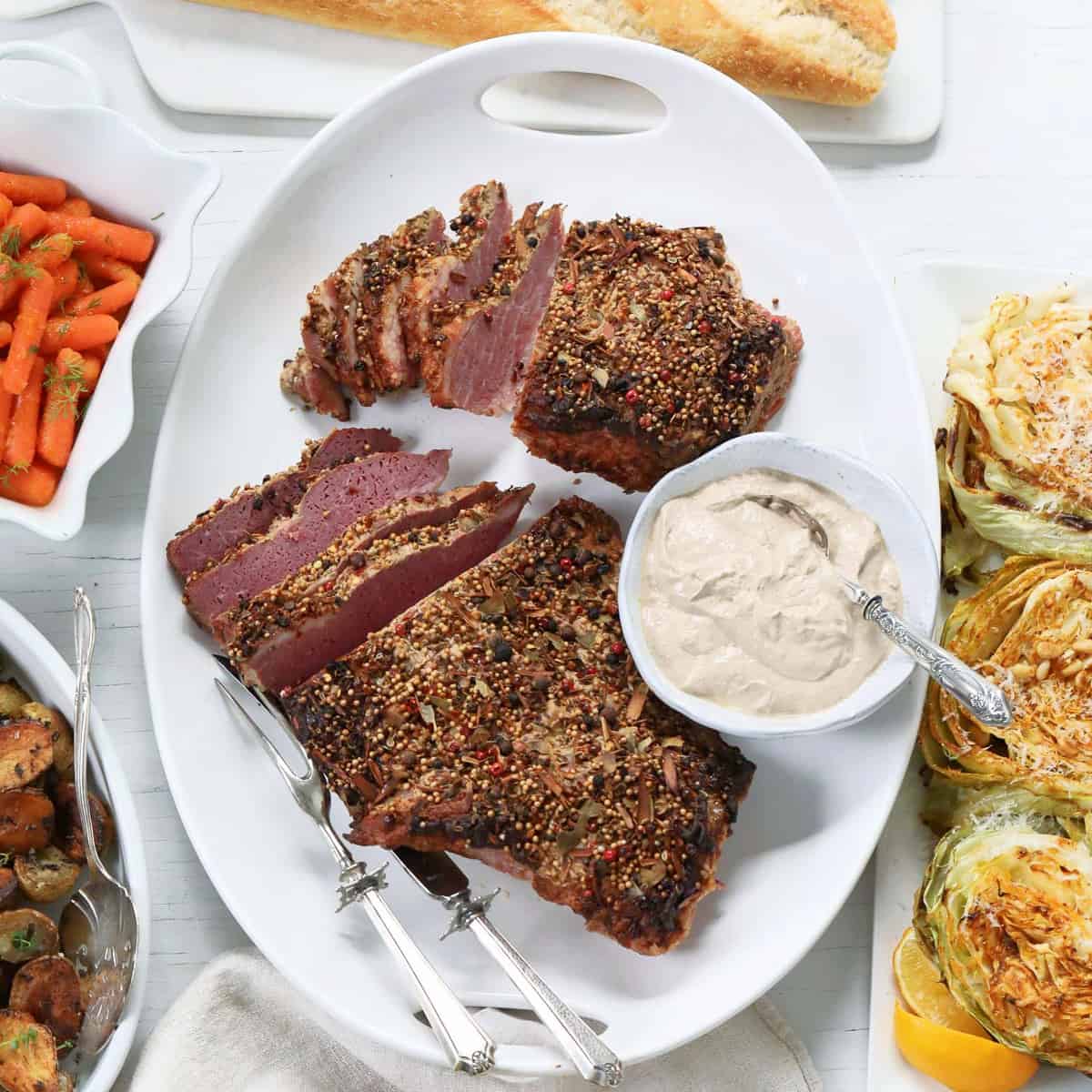
Corned Beef
Corned beef is a flavorful and briny meat that is perfect for St. Patrick's Day meals or deli sandwiches. It is typically made from beef brisket that has been cured in a brine solution with spices. To prepare corned beef, you can simmer it on the stove or cook it in a slow cooker until it becomes tender and easily shreds. It can then be sliced and served with cabbage, potatoes, and carrots for a traditional Irish meal. Corned beef can also be used in various recipes, such as hash or Reuben sandwiches.
Corned Beef definition and preparation
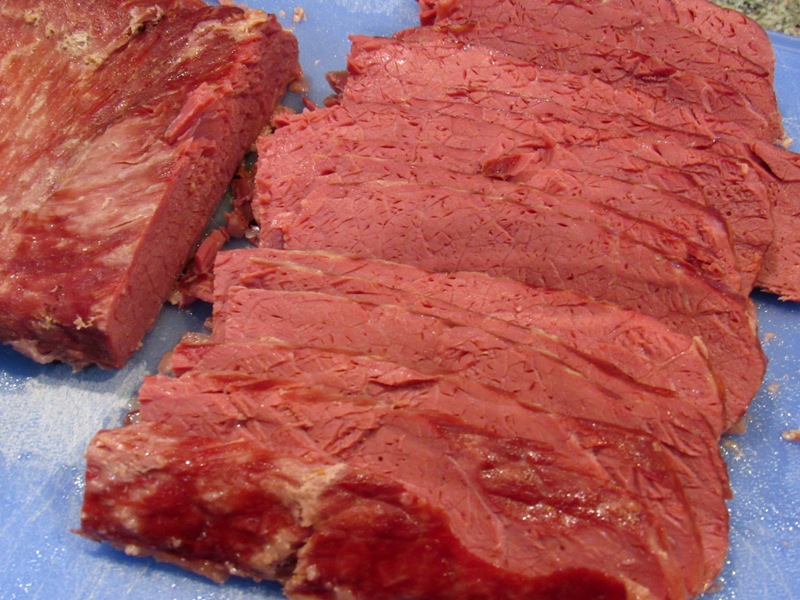
Corned beef refers to beef brisket that has been cured in a brine solution with spices. To prepare corned beef, it can be simmered on the stove or cooked in a slow cooker until tender and easily shredded. It is commonly served with cabbage, potatoes, and carrots for a traditional Irish meal. Corned beef can also be used in various recipes like hash or Reuben sandwiches. The curing process gives corned beef its distinct flavor and briny taste, making it a popular choice for St. Patrick's Day dishes and deli sandwiches.
Corned Beef flavors and cooking methods
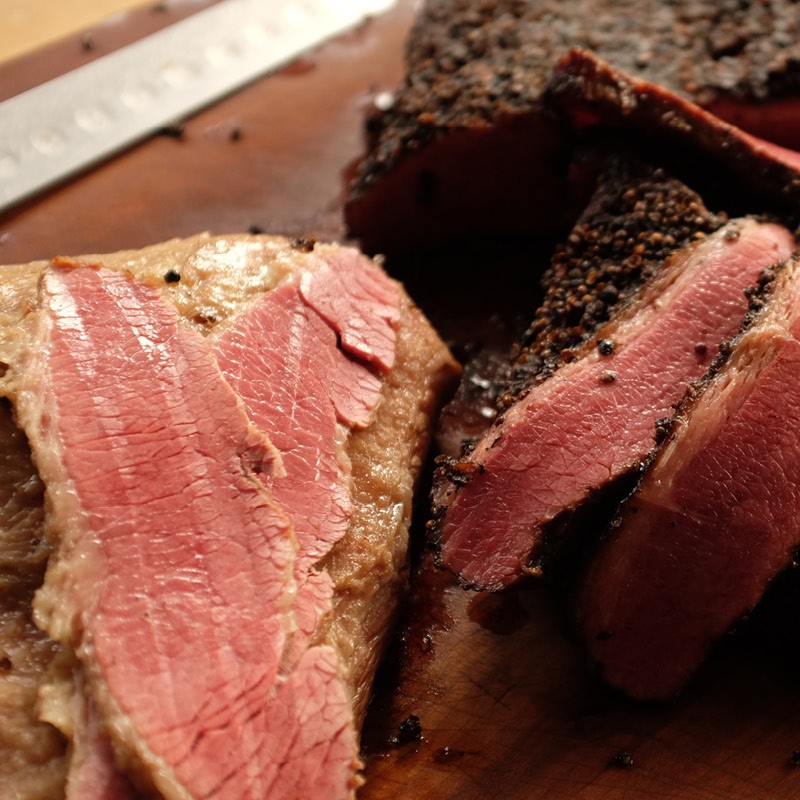
Corned beef has a unique flavor profile, combining the salty and tangy notes from the brining process with the rich taste of the beef. The cooking methods for corned beef vary, but the most common ones include simmering on the stove or slow-cooking in a crockpot. These methods ensure that the meat becomes tender and easy to shred. For those looking for a different texture, corned beef can also be oven-roasted for a crispy exterior. Whichever method you choose, corned beef is a versatile ingredient that can be used in various dishes and enjoyed in different ways.
Beef Brisket

Beef brisket is a cut of meat known for its rich flavor and tenderness when cooked properly. To make the most out of your beef brisket, consider using slow-cooking methods like braising or smoking. These techniques allow the meat to become tender and juicy, resulting in a melt-in-your-mouth texture. When seasoning the brisket, a dry rub or marinade can add extra flavor and enhance the taste. Remember to slice the brisket against the grain for optimal tenderness. Enjoy your beef brisket in a variety of dishes, from classic barbecue to hearty stews.
Beef Brisket definition and characteristics

Beef brisket is a cut of meat known for its rich flavor and tenderness when cooked properly. It comes from the breast or lower chest area of the cow. The brisket is composed of two main muscles: the flat and the point. The flat is leaner, while the point has more marbling and is known for its juiciness. Brisket is often used for barbecuing, smoking, or braising due to its tough nature. It requires slow and low cooking methods to break down the tough connective tissues and achieve a tender texture.
Beef Brisket cuts and cooking techniques

Beef brisket can be cut into two main portions: the flat and the point. The flat is leaner, while the point has more marbling and juiciness. Both cuts are often used for barbecuing, smoking, or braising. For barbecuing, the brisket is typically cooked low and slow over indirect heat for several hours until it reaches a tender and smoky perfection. Smoking the brisket involves using wood chips or chunks to infuse a rich smoky flavor. Braising involves cooking the brisket in a liquid, such as broth or wine, at a low temperature for an extended period until it becomes tender and delicious.
Nutritional Comparison
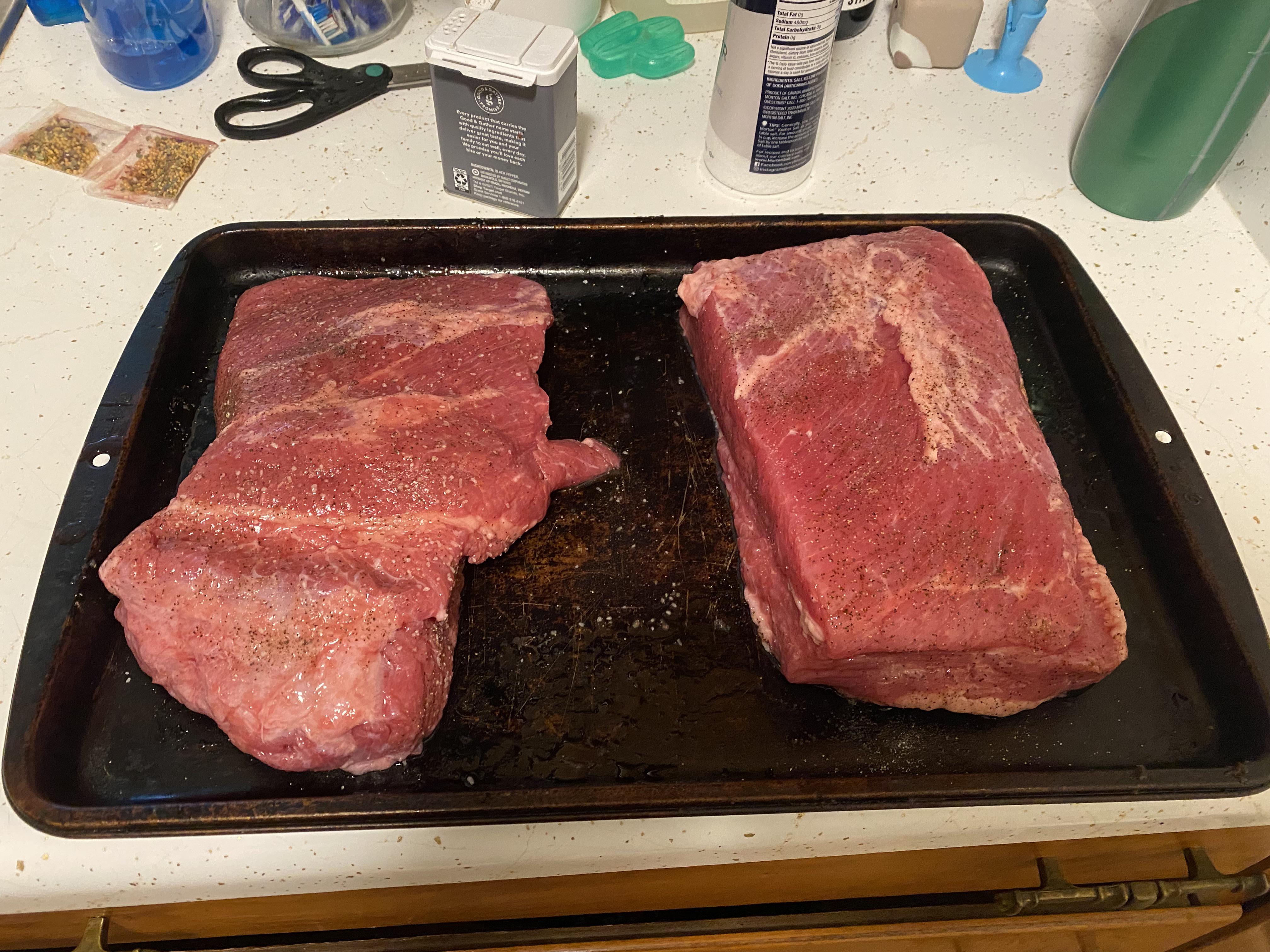
When comparing the nutritional value of corned beef and beef brisket, it's important to consider their similarities and differences. Both cuts of meat come from the same source, making their nutritional content similar. However, corned beef tends to be higher in sodium due to the brining process. If you're watching your sodium intake, it may be best to opt for leaner cuts of beef brisket. Overall, both options can provide protein and other essential nutrients, but it's important to be mindful of portion sizes and preparation methods for a well-balanced diet.
Nutritional value of Corned Beef vs Beef Brisket

When comparing the nutritional value of corned beef and beef brisket, it's important to consider their similarities and differences. Both cuts of meat come from the same source, making their nutritional content similar. However, corned beef tends to be higher in sodium due to the brining process. If you're watching your sodium intake, it may be best to opt for leaner cuts of beef brisket. Overall, both options can provide protein and other essential nutrients, but it's important to be mindful of portion sizes and preparation methods for a well-balanced diet.
Health benefits and considerations
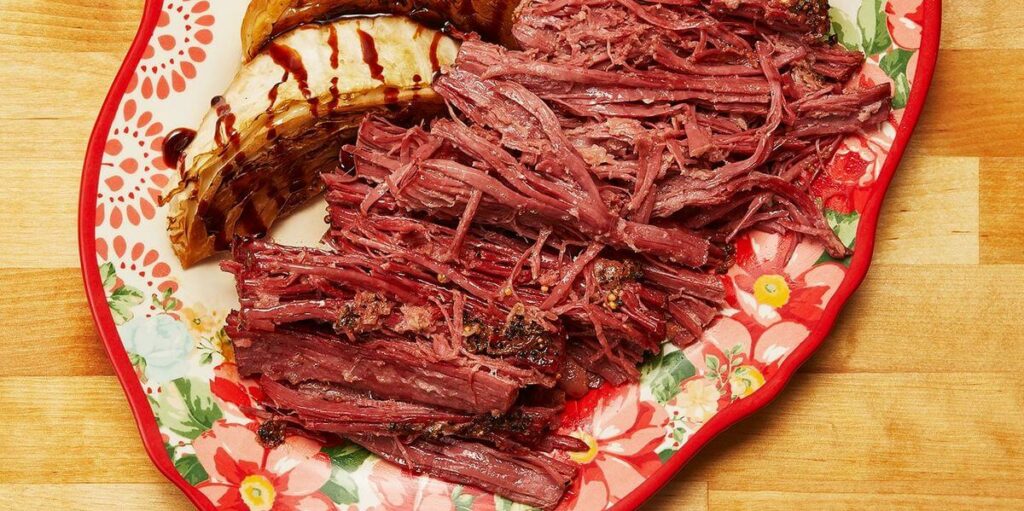
When considering the health benefits and considerations of corned beef and beef brisket, it's important to note that both cuts of meat can provide protein and essential nutrients. However, it's crucial to be mindful of portion sizes and preparation methods, especially for individuals watching their sodium intake. Leaner cuts of beef brisket may be a better option for those looking to reduce sodium consumption. Balancing these factors can contribute to a well-rounded and nutritious diet.
Taste Test

To conduct a taste test between corned beef and beef brisket, follow these steps. First, prepare both meats according to your preferred cooking method. Next, slice the meat into bite-sized pieces. Take a small piece of each meat and taste them separately, noting the flavors, textures, and overall appeal. Consider factors such as tenderness, saltiness, smokiness, and richness. Compare the two meats side by side, evaluating which one you prefer based on personal taste preferences. Use this taste test as a guide when choosing which meat to incorporate into your recipes or serve on special occasions.
Flavor profile and texture of Corned Beef and Beef Brisket

Corned beef and beef brisket offer distinct flavor profiles and textures. Corned beef is known for its tender and succulent texture, while beef brisket can be more robust and chewy. In terms of flavor, corned beef is often salty and savory, with hints of spices from the brining process. Beef brisket, on the other hand, has a rich and smoky flavor, especially when cooked low and slow. These differences in flavor and texture make both meats versatile for various recipes and personal preferences.
Serving suggestions and pairing options
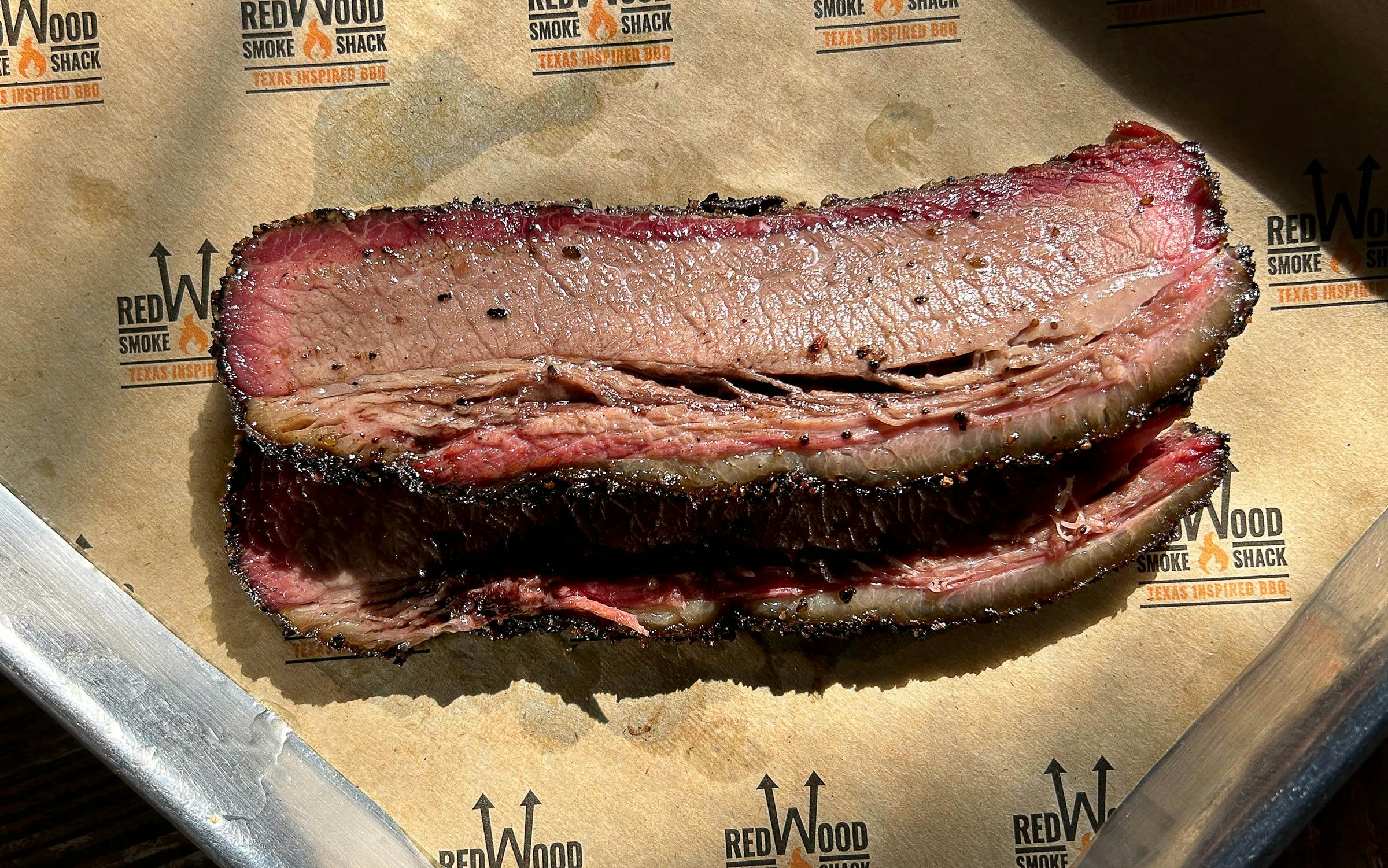
Serving suggestions for corned beef and beef brisket include classic dishes like Reuben sandwiches, corned beef hash, and brisket tacos. Pairing options can range from traditional sides like cabbage, potatoes, and carrots to more creative choices like pickles, sauerkraut, and horseradish sauce. For a complete meal, consider serving these meats with a fresh green salad or a creamy coleslaw. Don't forget to offer a variety of condiments and sauces to enhance the flavors of these delicious dishes.
Conclusion
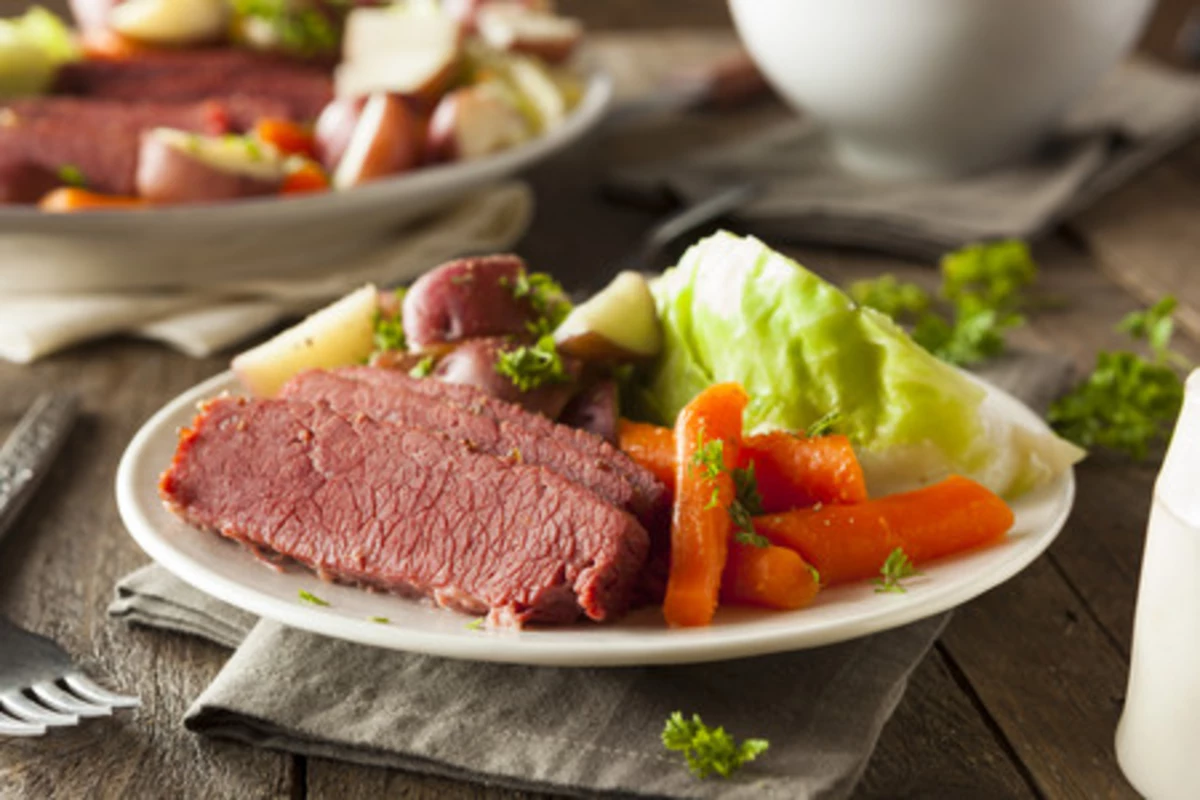
In conclusion, both corned beef and beef brisket have their own unique flavors and characteristics, making them versatile options for a variety of dishes. Whether you're craving a traditional St. Patrick's Day meal or a smoky BBQ feast, both meats offer delicious possibilities. Consider your personal preferences and the specific dish you're preparing when deciding between corned beef and beef brisket. Experiment with different recipes and pairings to discover your favorite way to enjoy these mouthwatering meats. And above all, savor every bite!
Final thoughts on Corned Beef vs Beef Brisket

When it comes to the debate between corned beef and beef brisket, it ultimately comes down to personal preference and the specific dish being prepared. Both offerings have their own distinctive flavors and characteristics to suit different culinary needs. Experimenting with different recipes and cooking methods is key to finding the perfect way to enjoy each meat. So, whether you're in the mood for a traditional St. Patrick's Day meal or a smoky barbecue feast, embrace the versatility of corned beef and beef brisket and savor the delicious flavors they bring to the table.
Recommendations and recipes for both dishes

Recommendations and recipes for both dishes
When it comes to recommendations, corned beef is a classic option for traditional dishes like corned beef and cabbage or Reuben sandwiches. For a twist, try making corned beef tacos or adding it to a hash for breakfast.
Beef brisket, on the other hand, is perfect for slow-cooking and barbecuing. Try a Texas-style smoked brisket or a comforting braised brisket with onions and carrots. Don't forget about using leftovers for delicious sandwiches or adding brisket to chili for an extra meaty kick.
No matter which dish you choose, be sure to experiment with different flavors, spices, and cooking techniques to find your favorite way to enjoy corned beef and beef brisket.
DK FAQ MARK
FAQ about Beef Battles: Corned Beef vs Beef Brisket
Q: What is the main difference between corned beef and beef brisket?
A: The main difference is that corned beef is beef brisket that has been cured in a brine solution, giving it a distinct salty and tangy flavor.
Q: How are corned beef and beef brisket typically cooked?
A: Corned beef is often boiled or simmered, while beef brisket is commonly smoked, braised, or roasted.
Q: Which cut is more tender, corned beef, or beef brisket?
A: Beef brisket is generally considered to be more tender than corned beef, especially when cooked low and slow.
Q: Is one healthier than the other, corned beef, or beef brisket?
A: Beef brisket is typically considered to be the healthier option as it is a leaner cut of meat compared to corned beef, which can be higher in sodium and fat due to the curing process.
Q: Can corned beef be used interchangeably with beef brisket in recipes?
A: While they are different cuts of meat, corned beef and beef brisket can sometimes be used interchangeably in recipes, but the flavor and cooking methods may need to be adjusted to suit the specific cut being used.
Q: Which cut is more commonly seen in delis and restaurants, corned beef, or beef brisket?
A: Corned beef is more commonly seen in traditional delis and restaurants, often served on sandwiches or as a part of Irish or Jewish cuisine, while beef brisket is popular in barbecue joints and smoked meat establishments.

The Finer Diner has a rich history deeply rooted in the Mt. Oliver and Hilltop community. Our journey began with a simple yet ambitious vision – to create a welcoming space where friends and families could come together to enjoy delicious, comforting meals in a classic diner-style setting. Since our establishment, we have been dedicated to serving food, creating lasting memories, and fostering a sense of belonging within our community. Our commitment to quality, authenticity, and exceptional service has been the cornerstone of our success.